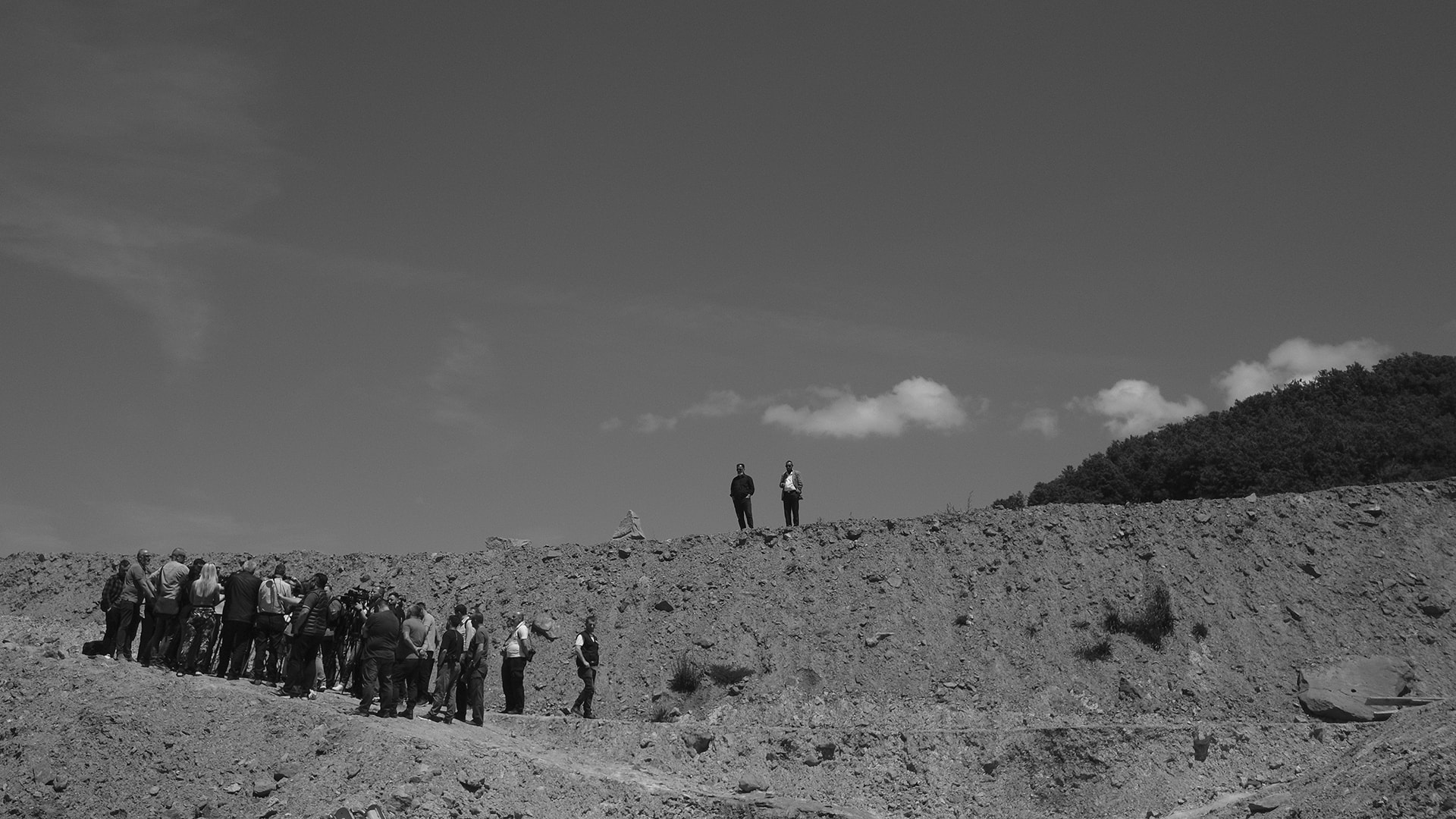
The closure of Kiževak
With nine remains confirmed at Kiževak, the mass grave investigation ends.
|26.05.2021
|

Dafina Halili
Dafina Halili is a senior journalist at K2.0, covering mainly human rights and social justice issues. Dafina has a master’s degree in diversity and the media from the University of Westminster in London, U.K..
This story was originally written in English.